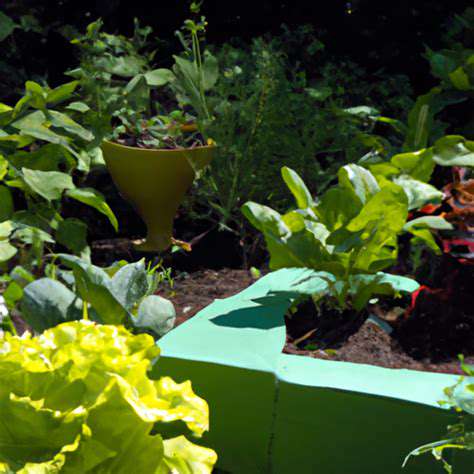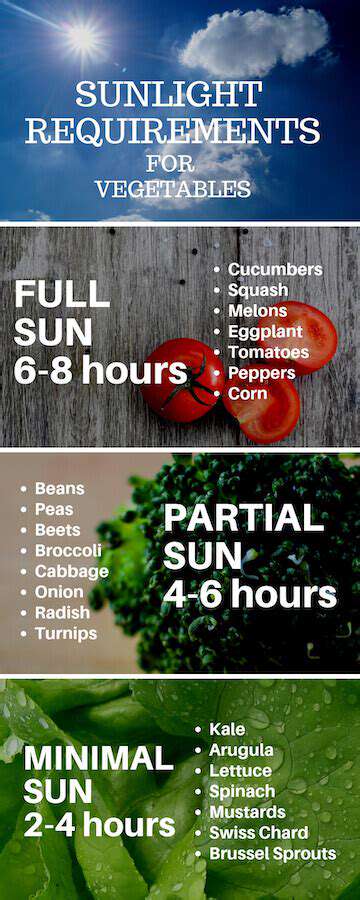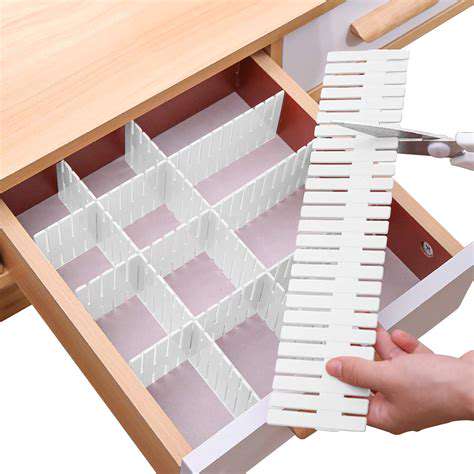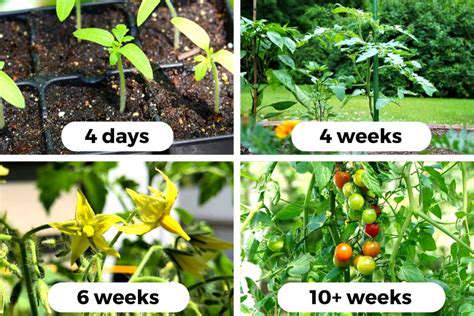Guide to Growing Vegetables in Containers
Watering and Fertilizing Your Container Vegetables

Watering Schedules
Maintaining proper hydration is fundamental for thriving plants. Excessive water can drown roots and invite disease, while insufficient moisture causes plants to wither and fail to reach their potential. Each plant species has unique requirements based on factors like container size, soil type, and local weather patterns. Check soil dampness daily; aim for evenly moist earth that's never soggy.
Invest in a soil moisture probe for precise measurements. This simple device prevents both overzealous and neglectful watering, guaranteeing your greens get just what they need. Remember, a tomato plant's thirst differs greatly from basil's - always research individual varieties before planting.
Fertilizing Frequency
While nutrients boost growth, more isn't always better. Selecting plant-specific fertilizers makes the difference between mediocre and magnificent results. Always adhere to package directions to avoid chemical burns. I've seen many enthusiastic gardeners accidentally harm their plants with good intentions.
Nutrient overload shows through scorched leaf edges and stunted development. Feed according to growth cycles - most plants need extra nutrition during spring growth spurts but minimal feeding in winter dormancy. My neighbor's pepper plants flourished when she switched to bi-weekly summer feedings instead of daily doses.
Choosing the Right Fertilizer
Not all plant foods are created equal. Leafy greens crave nitrogen for foliage, while fruiting plants demand phosphorus for bountiful harvests. Always match the NPK ratio (those three numbers on packages) to your plant's stage of growth. My container tomatoes thrived when I switched from 10-10-10 to 5-10-10 during flowering.
Understanding Soil Composition
Your potting mix determines whether water and nutrients flow freely or get trapped. Sandy soils drain too quickly, while clay holds moisture too long. The perfect balance? Loamy mixtures with organic matter. I always add perlite to my store-bought mixes for better aeration.
Test your soil annually - simple kits reveal pH and nutrient levels. My blueberry bushes stopped yellowing when I learned they needed acidic soil and adjusted accordingly. Different crops extract different nutrients, so rotate container plantings or refresh soil between seasons.
Importance of Consistent Care
Plants thrive on routine. Erratic attention creates stress that weakens plants against pests and diseases. Set phone reminders for watering days, and keep a garden journal to track what works. My zucchini production doubled when I established a strict morning watering schedule instead of haphazard evening soakings.
Watch for subtle signs - slight leaf droop means water soon, while yellow lower leaves often signal nitrogen deficiency. Adjust care gradually; sudden changes shock plants. Last summer, I rescued my wilting cucumbers by increasing water frequency incrementally over three days.
Seasonal Considerations
Gardening wisdom changes with the calendar. Summer's heat demands pre-dawn watering to minimize evaporation, while winter calls for sparing midday drinks. I protect my container perennials by moving them against the house's south wall when frost threatens.
Understand growth cycles - cool-season lettuce bolts in summer heat, while heat-loving okra stalls in chilly springs. I extend my harvest by planting quick radishes between slow-growing peppers, maximizing container space across seasons.
Sunlight Requirements for Container Vegetables

Sunlight Needs for Potted Edibles
Urban gardening solves space limitations, but light management becomes crucial. Six hours of direct sun marks the minimum for most vegetables - anything less yields spindly plants and poor crops. My balcony tomatoes produced twice as much fruit after I trimmed the overhead tree branches.
Leafy greens tolerate some shade, but fruiting plants demand full exposure. I successfully grow lettuce in my north-facing window boxes, while my south-facing fire escape hosts thriving chili plants. Always research before planting - seed packets specify light requirements.
Strategic Container Placement
Location determines gardening success. Morning sun energizes plants while afternoon shade prevents scorching in hot climates. I use wheeled plant stands to chase sunlight across my patio. Reflective surfaces like white walls amplify available light - my beans climb trellises against a painted brick wall that radiates extra warmth.
Monitor light patterns before planting. I traced sunlight in my yard for a week, discovering a bright corner perfect for herbs. Tall plants should go northward to avoid shading others. My tiered plant stand keeps trailing strawberries above low-growing radishes.
Reading Plant Light Signals
Vegetables communicate their needs. Pale leaves and elongated stems scream for more photons, while bleached spots indicate sunburn. I rotate my pots weekly to ensure even exposure. When my eggplant leaves curled, I provided afternoon shade and they recovered within days.
Keep a light diary - note how shadows fall at different times. I discovered my full sun balcony actually gets filtered light through neighboring buildings, so I switched to brighter varieties. Cloudy climates might require supplemental lighting; my Aerogarden compensates for gloomy winters.
Managing Filtered Light Conditions
Not all shade is equal. Dappled sunlight under trees works for cool crops, while solid overhangs create challenging microclimates. I grow fantastic spinach under my maple tree's shifting shade. East-facing exposures offer gentle morning light ideal for tender greens.
Use light-diffusing strategies - my lattice screen protects delicate lettuces from harsh noon rays while allowing ample brightness. In deep shade areas, try mushrooms or decorative foliage plants instead of sun-loving vegetables. My shade garden thrives with colorful Swiss chard and perpetual spinach.
Troubleshooting Container Garden Challenges
Pest Management Strategies
Healthy plants resist infestations, but vigilance is key. I inspect leaf undersides weekly - early detection prevents disasters. For aphids, a strong water spray knocks them off, while yellow sticky traps monitor flying pests. My homemade garlic-pepper spray deters most chewers without chemicals.
Prevent fungal issues by watering soil, not leaves. I space plants properly and use small fans to improve airflow around my indoor garden. When powdery mildew appeared on my squash, I applied milk spray (1 part milk to 9 parts water) which worked surprisingly well.
Water Balance Techniques
The finger test never fails me - if soil sticks to my finger, I wait. I add hydrogel crystals to hanging baskets that dry quickly. Self-watering containers saved my vacationing herbs, while clay pots help prevent overwatering in humid climates.
Group plants by water needs - my moisture-loving mint lives separately from drought-tolerant rosemary. I place saucers under thirsty plants but remove them after 30 minutes to prevent soggy roots. Mulching with straw reduces my watering frequency by 25%.
Addressing Nutrient Shortages
Yellowing between leaf veins signals magnesium deficiency - I dissolve Epsom salts in water monthly. Purple-tinged leaves often need phosphorus, which I provide through banana peel tea. For quick nitrogen boosts, I use diluted fish emulsion every two weeks during peak growth.
I refresh potting mix annually and add compost between plantings. My worm bin provides nutrient-rich castings that prevent deficiencies. Foliar sprays deliver nutrients directly to leaves when roots struggle - my ailing peppers perked up after a kelp spray application.
Optimizing Light Exposure
When sunlight is limited, I choose varieties bred for shade tolerance - 'Bright Lights' chard performs well in partial shade. Reflective mulches bounce light back onto plants - my aluminum foil-covered boards increased tomato yields. I prune lower leaves to direct energy upward where light is strongest.
For indoor gardens, full-spectrum LED lights positioned 12 inches above plants mimic sunlight. I use timers to ensure 14-16 hours of daily light for my winter greens. Rotating plants weekly prevents lopsided growth toward light sources.
Soil and Container Solutions
I mix my own potting soil using coconut coir, compost, and perlite for perfect drainage. Root-bound plants get potted up one size - I check root systems every few months. Drainage holes are non-negotiable; I drill extra holes in decorative pots that lack them.
Terracotta breathes better than plastic, but dries faster. I line metal containers with bubble wrap to insulate roots from temperature swings. Every spring, I sanitize reused pots with vinegar solution to prevent disease carryover.






![Guide to Learning [Specific Art Form]](/static/images/31/2025-05/FromSimpletoComplex3AStep-by-StepPaintingExercises.jpg)



